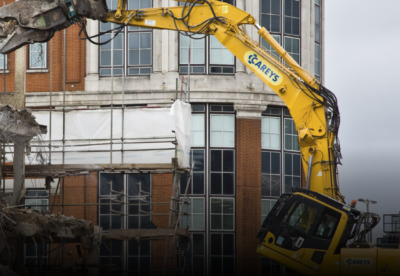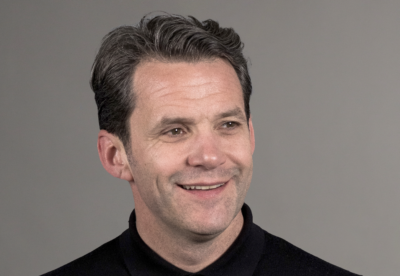The Installation Assurance Authority Federation has been lobbying for CITB grants for months to help with training courses and a new National Energy Efficiency Centre Park in Leighton Buzzard.
CEO Nigel Donohue was stunned to read the Enquirer report last month highlighting how the CITB was sitting on a £100m cash pile claiming contractors were “focussed on areas other than training.”
Donohue said he has been trying for months to talk with CITB chiefs but has been repeatedly fobbed-off.
He said: “As a sector energy efficiency building fabric SMEs have funded CITB for over 30 years and received little in return.
“The IAAF are supporting SMEs with the development of skills and qualifications and despite much canvassing of CITB have seen no movement in terms of apprenticeships, labour market intelligence and grant aided qualifications that reflect the needs of the industry .
“They have stifled any industry sponsored bid in support of the sector and their leadership appears to believe that meeting with the industry is a matter to be delegated and left to those with no clear authority.”
A CITB spokesperson said: “CITB is committed to helping reduce the carbon footprint of the construction industry and the UK and supporting the energy efficiency retrofit sector is an important part of that.
“This is demonstrated by the publication of our Net Zero Action Plan and the range of training and qualifications that are grant funded in areas such as retrofit co-ordinator, assessor, and insulation installation.
“We have been working with the IAAF who have submitted an expression of interest in receiving funding from our Industry Impact Fund for the National Efficiency Centre.
“Unfortunately, it does not meet the current criteria for supporting productivity or EDI. We will shortly introduce a Net Zero criteria which would be more relevant for a bid of this type.
“Trade bodies, associations and federations are an essential part of the construction industry and we work with them on an ongoing basis to ensure we take their views onboard and to tap into their expertise.
“Of course, there is always more to do but we continue to work with Government and industry to ensure training can meet the anticipated demand. This includes additional research in the heritage sector to gain a greater understanding of the opportunities and implications of retrofit.”








































 (300 x 250 px).jpg)











.gif)
